Last Updated on February 19, 2024 by teamobn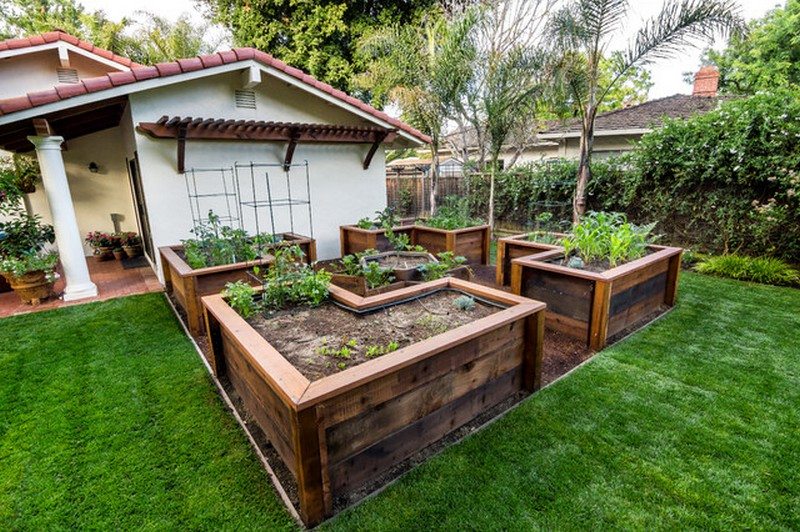
Raised garden beds are easy on your back and will give your plants good drainage and generally better soil quality. By building this U-shaped garden bed, you’ll also get easier access to all your plants.
This raised garden bed will improve the experience of growing your own food. Not to mention the health benefits you get from garden produce grown without pesticides or chemicals. You’re assured that what you serve to friends and family is fresh, safe, and healthy!
This U-shaped garden bed is made from cedar wood which makes it a bit expensive. If this material doesn’t fit your budget, you can use cheaper alternatives such as reclaimed timber. It’s so easy to build that even amateurs can accomplish it.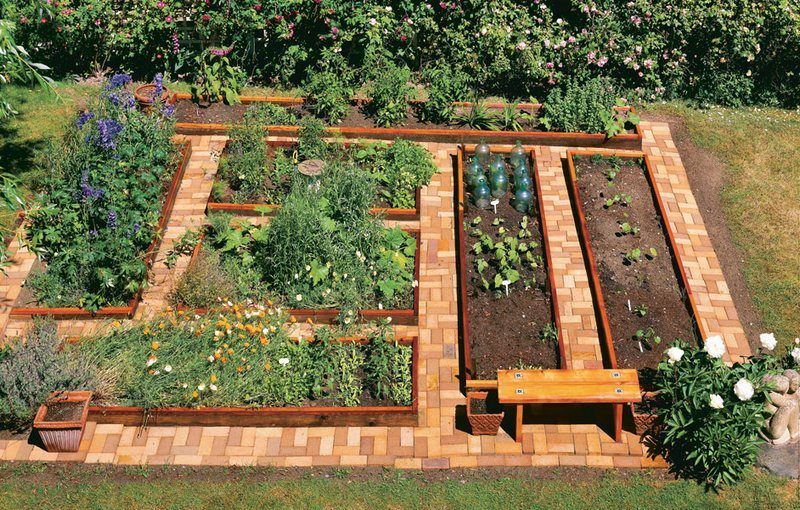
How to Build Your Easy Access Raised Garden Bed
Creating an easy access raised garden bed transforms gardening into a more comfortable and efficient experience. This step-by-step guide provides a professional approach to building your own easy access raised garden bed.
Materials:
- 4pcs. 2″x10x15′ SPF Pine
- 6pcs. 2″x10″x3′ SPF Pine
- 4pcs. 2″x10″x13 SPF Pine
- 2pcs. 2″x10x8′-9″ SPF Pine
- 6pcs. 4″x4″x2′ Cedar (Chamfered Top)
- 11pcs. 2″x4″x1′-3″ Cedar (45deg Angled Top)
Tools:
- Circular Saw
- Power Drill/Driver
- Trowel
- Hammer
Instruction
Step 1: Cutting the Wood
Using your circular saw, cut the SPF Pine and Cedar according to the sizes listed. Ensure each piece is cut precisely for a perfect fit.
Step 2: Building the Frame
Start assembling the frame of your raised garden bed. Use the 2″x10″x15′ SPF Pine for the sides and the 2″x10″x3′ pieces for the ends. Secure them together using your power drill and screws.
Step 3: Adding Support
For additional support, use the 4″x4″x2′ Cedar posts at each corner. Attach these inside the frame, ensuring they are flush with the top and bottom of the frame.
Step 4: Creating the Top Edge
Attach the 2″x10″x13′ SPF Pine pieces along the top edge of the frame. This adds height and makes the bed easier to access.
Step 5: Finishing Touches
Finally, add the 2″x4″x1′-3″ Cedar pieces along the top edge for a finished look. The angled top of these pieces adds an aesthetic touch and makes it comfortable to lean on.
Step 6: Fill with Soil
Place your easy access raised garden bed in your chosen location. Fill it with nutrient-rich soil using your trowel.
Now, your easy access raised garden bed is ready for planting. Enjoy the ease and comfort of gardening in your new space.
Benefits of an Easy Access Raised Garden Bed
Easy access raised garden beds have become increasingly popular among gardeners of all skill levels. These structures offer numerous benefits that make gardening more enjoyable and productive. Below, we explore the key advantages of using an easy-access raised garden bed.
Enhanced Accessibility
One of the primary benefits of an easy-access raised garden bed is its accessibility. Raised to a comfortable height, these beds are perfect for those who have difficulty bending or kneeling. This feature makes gardening more accessible for everyone, including the elderly and individuals with mobility issues.
Improved Soil Conditions
With an easy-access raised garden bed, you have complete control over the soil quality. This control is crucial for healthy plant growth. Raised beds facilitate better drainage and aeration, leading to healthier root systems and more robust plants.
Reduced Pest and Weed Problems
An easy-access raised garden bed typically sees fewer weeds and pests. The elevation makes it harder for weeds to spread and for certain pests to reach your plants. This advantage leads to less maintenance and a more enjoyable gardening experience.
Extended Growing Season
The soil in an easy-access raised garden bed warms up faster in the spring and stays warm longer in the fall. This extended growing season allows for a longer harvest period and the opportunity to grow a wider variety of plants.
Ease of Customization
An easy-access raised garden bed can be customized to fit any space, whether it’s a small patio or a large backyard. This flexibility allows gardeners to maximize their growing area in a way that suits their specific needs and preferences.
Aesthetic Appeal
Raised garden beds can enhance the overall look of your garden. They add structure and can be designed to complement your outdoor space, making your garden not only functional but also visually appealing.
Incorporating a raised garden bed into your gardening routine offers a multitude of benefits. From improved accessibility and soil conditions to aesthetic appeal, these beds are an excellent choice for gardeners looking to optimize their gardening experience.
Choosing the Right Location
Selecting the ideal spot for your easy-access raised garden bed is a crucial step in ensuring the success and enjoyment of your gardening endeavors. The right location can significantly impact the growth and health of your plants. Here’s what to consider when choosing a location for your easy access raised garden bed.
Consider Sunlight Exposure
Most vegetables and flowers thrive in full sunlight, requiring at least six to eight hours of direct sun daily. Observe your yard throughout the day to identify areas that receive ample sunlight. Positioning your easy access raised garden bed in a sunny spot is essential for vigorous plant growth.
Evaluate Soil Drainage
While the soil within your easy-access raised garden bed is controllable, the area surrounding it should have good drainage to prevent waterlogging. Avoid low-lying areas where water tends to accumulate. Good drainage ensures that excess water doesn’t harm the roots of your plants.
Proximity to Water Source
Water access is another critical factor. Your easy access raised garden bed should be near a water source to make watering convenient. Consider the length of your hose or the feasibility of installing a new water system if your preferred location is far from a water source.
Protection from Wind
Strong winds can damage plants and dry out soil quickly. If your area is prone to high winds, position your easy access raised garden bed in a sheltered location. Using fences or planting windbreaks can also provide protection.
Accessibility
Since it’s an easy access raised garden bed, ensure it’s easily reachable for regular maintenance. Paths should be wide enough for comfortable access, and if you use gardening tools or a wheelchair, ensure the space is accommodating.
Integration with Landscape
Consider how your easy access raised garden bed will fit into the overall landscape of your garden. It should complement other garden features and not obstruct views or pathways.
By thoughtfully selecting the location for your easy access raised garden bed, you can optimize plant health, ease of maintenance, and the overall aesthetic of your garden space. The right location will enhance your gardening experience, making it more fruitful and enjoyable.
Soil and Fertilization Tips for Easy Access Raised Garden Beds
Proper soil preparation and fertilization are key to the success of any garden, especially in an easy-access raised garden bed. Here’s a guide to help you create the ideal soil environment for your plants.
Choose Quality Soil Mix
When setting up your easy access raised garden bed, the foundation of your gardening success lies in the quality of the soil mix you use. A well-balanced blend is crucial. Start with a base of good topsoil, which will serve as the primary medium for your plants.
To this, add compost, an invaluable component that introduces organic matter and beneficial microorganisms to your soil. Compost improves soil structure, aiding in nutrient retention and aeration. Finally, incorporate well-rotted manure, which is a powerhouse of nutrients.
Horse, cow, or chicken manure are excellent choices, but ensure they are well-composted to avoid burning your plants. This combination of topsoil, compost, and manure creates a nutrient-rich environment that ensures good drainage while retaining enough moisture, essential for healthy root development in your easy-access raised garden bed.
Test Soil pH
The pH level of your soil is a critical factor that can greatly influence plant growth in your easy access raised garden bed. Most vegetables and flowers thrive in a slightly acidic to neutral pH range, typically between 6.0 and 7.0. Outside this range, plants may struggle to absorb nutrients efficiently, even if those nutrients are present in the soil.
To ensure your soil is within the optimal pH range, use a soil test kit, which can be easily obtained from a garden center or online. These kits are user-friendly and provide accurate results. If your soil is too acidic (pH below 6.0), applying garden lime can help raise the pH.
On the other hand, if your soil is too alkaline (pH above 7.0), incorporating elemental sulfur can help lower the pH. It’s important to adjust the pH gradually and retest the soil over several weeks or months, as abrupt changes can disrupt soil biology.
Regularly monitoring and adjusting the pH of your soil in the easy-access raised garden bed will optimize nutrient availability, thereby supporting healthier and more productive plants.
Add Organic Matter
Incorporating organic matter into your easy access raised garden bed is a practice that should be done regularly to maintain soil health. Organic matter, particularly compost, plays a vital role in enhancing the soil structure.
It loosens clay soils, allowing better root penetration and water drainage, and helps sandy soils retain moisture and nutrients. This improved structure creates an ideal environment for beneficial soil organisms, like earthworms, which further enrich the soil.
Adding compost also provides a slow-release source of nutrients. As it breaks down, it feeds your plants steadily and naturally, reducing the need for chemical fertilizers. Additionally, compost enriches the soil with micronutrients that are often not found in synthetic fertilizers. This rich nutrient profile leads to healthier, more resilient plants.
Another aspect of organic matter is its role in enhancing soil fertility. It increases the soil’s ability to hold nutrients and water, making those resources readily available to plants. This is particularly important in the raised garden bed environment, where soil conditions can vary from the surrounding garden area.
Fertilization Strategy
When it comes to feeding your plants in an easy access raised garden bed, using a balanced, slow-release fertilizer is key. Slow-release fertilizers provide a steady supply of nutrients over time, mimicking the natural nutrient release of healthy soil.
This type of fertilization reduces the risk of nutrient burn and ensures that plants receive a consistent level of support throughout their growing period.
Organic fertilizers, like fish emulsion or seaweed extract, are excellent choices for easy access raised garden beds. Fish emulsion is a nutrient-rich, organic fertilizer high in nitrogen, which is essential for leafy growth. It also contains other beneficial nutrients and minerals that support overall plant health.
Seaweed extract, on the other hand, is rich in trace minerals and hormones that stimulate plant growth and increase resistance to pests and diseases.
These organic options offer a dual benefit. Not only do they nourish the plants, but they also improve the soil’s health by adding organic matter and stimulating microbial activity.
This results in a more sustainable and eco-friendly gardening approach, as these natural fertilizers reduce the risk of harmful chemical runoff, protecting the environment and maintaining the natural balance of your garden ecosystem.
Mulching
Mulching is a critical practice in maintaining the health and productivity of your easy access raised garden bed. Applying a layer of organic mulch, such as straw or shredded leaves, provides several benefits.
Firstly, it helps conserve moisture in the soil by reducing evaporation. This is particularly important during hot, dry periods, ensuring that your plants remain hydrated and stress-free.
Another significant benefit of mulch is its ability to regulate soil temperature. It acts as an insulating layer, keeping the soil cooler in the summer and warmer in the winter. This temperature moderation protects plant roots from extreme temperature fluctuations, which can be harmful.
Additionally, mulch is effective in suppressing weed growth. By covering the soil, it prevents weed seeds from receiving the sunlight they need to germinate. It reduces the competition for nutrients and water between your plants and weeds, making maintenance easier and improving the overall health of your garden.
When applying mulch to your easy access raised garden bed, ensure the layer is thick enough to provide these benefits, typically 2 to 3 inches deep. However, be careful not to pile mulch directly against plant stems or tree trunks to prevent rot and pest issues.
Monitor and Adjust
Regular monitoring of your soil’s condition in your easy access raised garden bed is crucial for sustained plant health. This involves checking for signs of nutrient deficiencies, pests, or diseases and adjusting your care strategy accordingly. The nutrient needs of your plants can vary throughout the growing season, depending on their growth stage and environmental conditions.
If you notice signs of nutrient deficiency, such as yellowing leaves or stunted growth, it may be time to adjust your fertilization. This could involve adding more compost, applying a different type of fertilizer, or correcting the soil pH.
Additionally, keep an eye on moisture levels in the soil. Even with mulching, varying weather conditions can impact soil moisture. Over-watering can be just as harmful as under-watering, leading to root rot or fungal diseases.
Regularly testing the soil pH and nutrient levels can also provide valuable insights into your soil’s health. Simple soil test kits are available and easy to use, offering guidance on what amendments may be needed to maintain optimal growing conditions.
By following these soil and fertilization tips, your easy-access raised garden bed will become a thriving environment for your plants. Healthy soil leads to healthy plants, making your gardening experience more rewarding and enjoyable.
DIY Easy Access Raised Garden Bed Design Ideas
Below are images of a few DIY Easy access raised garden bed design ideas.
Click on any image to start the lightbox display. Use your Esc key to close the lightbox. You can also view the images as a slideshow if you prefer 😎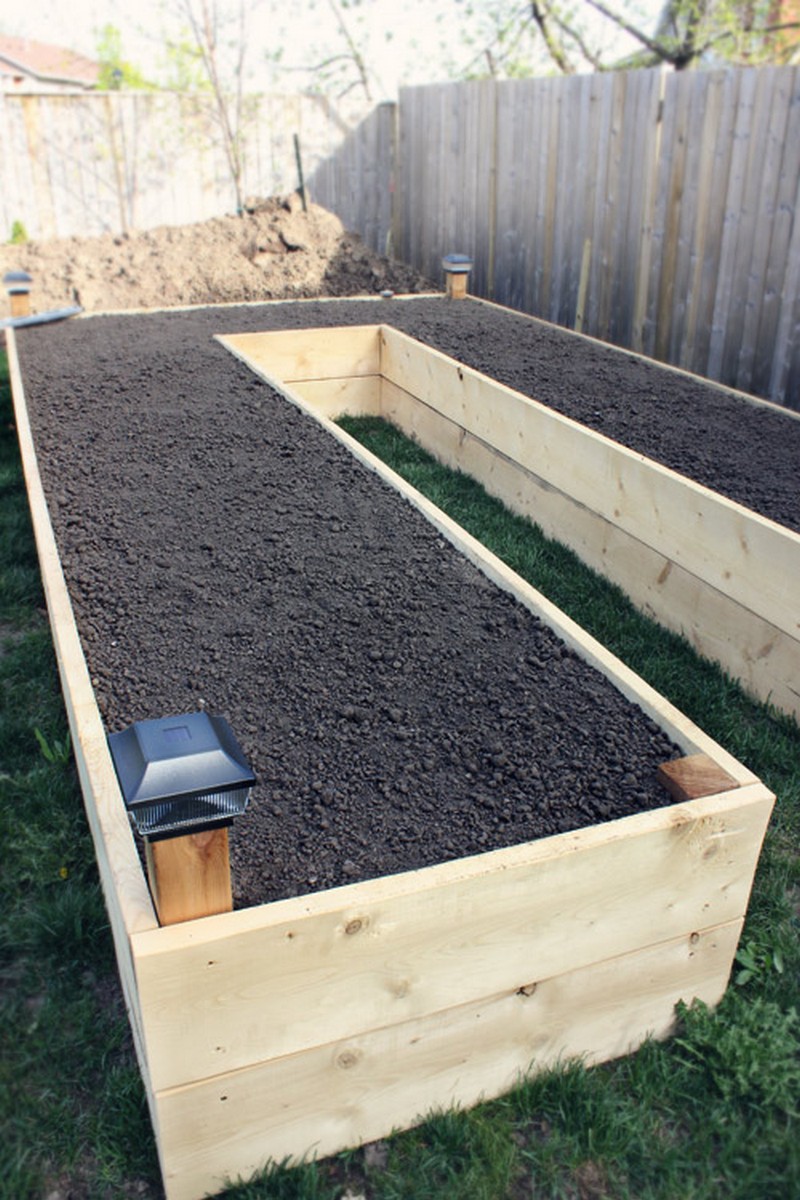
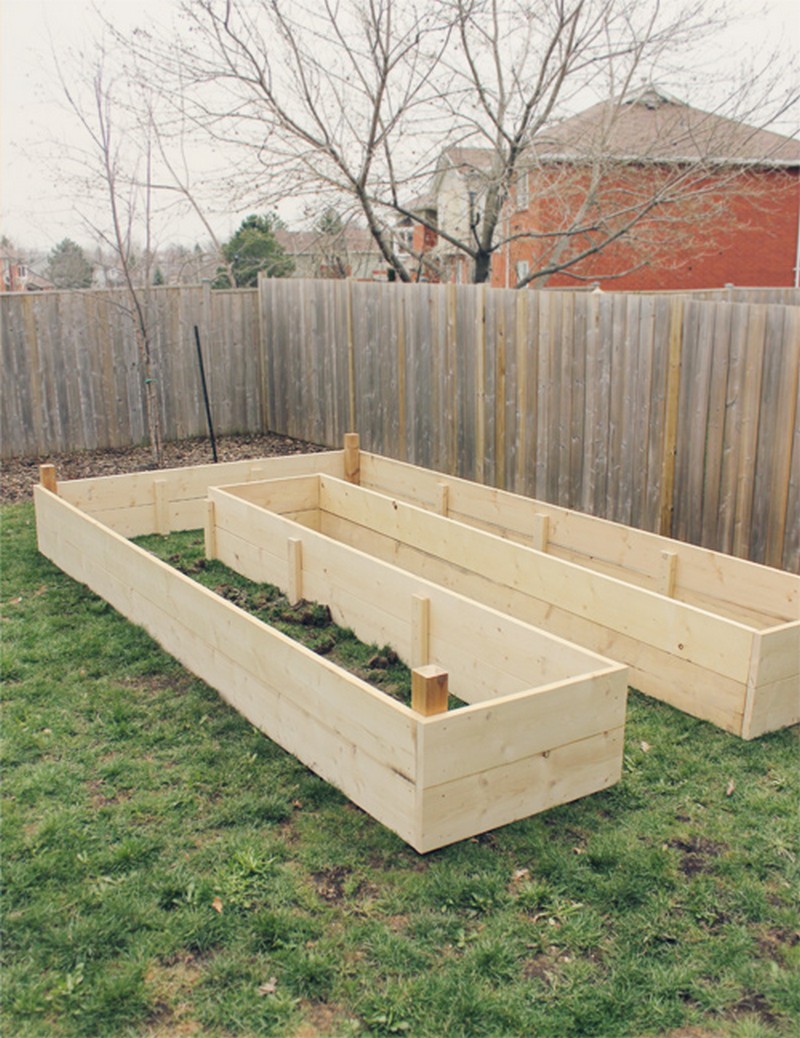
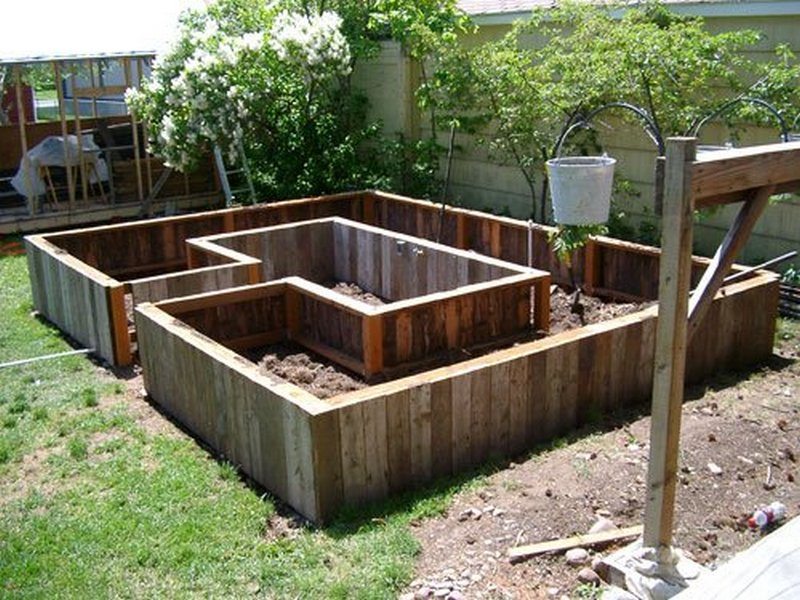

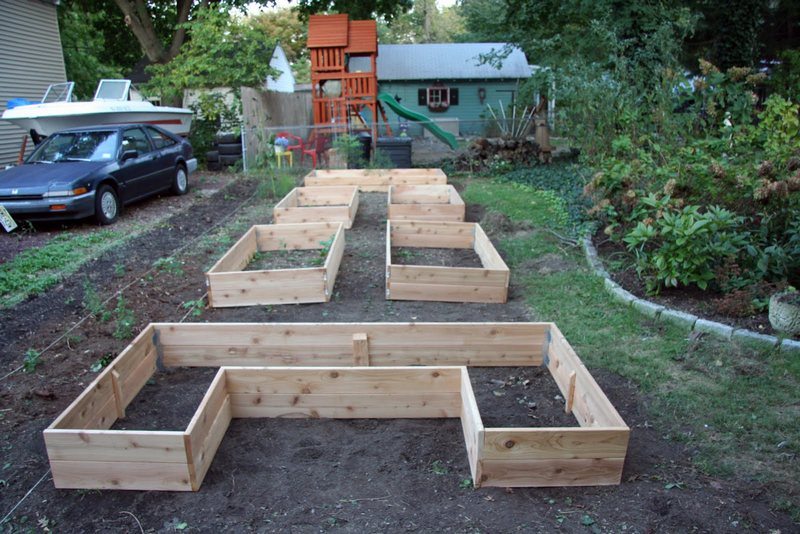

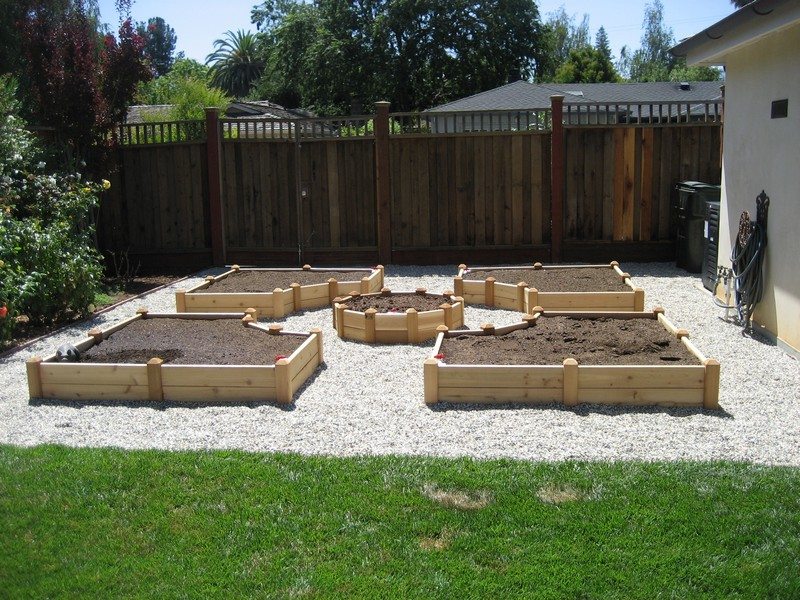
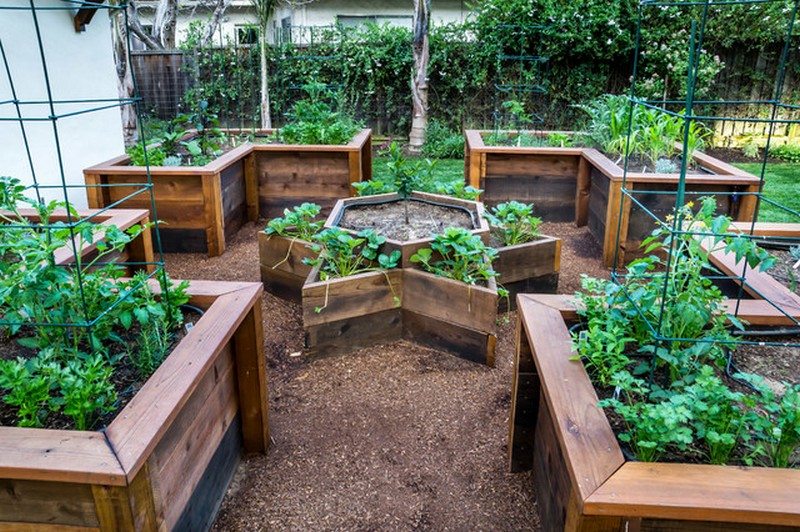

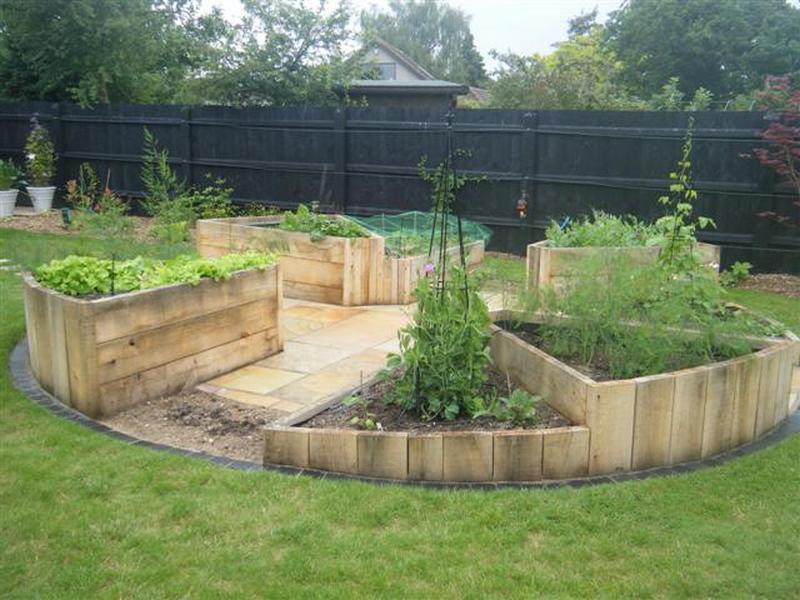
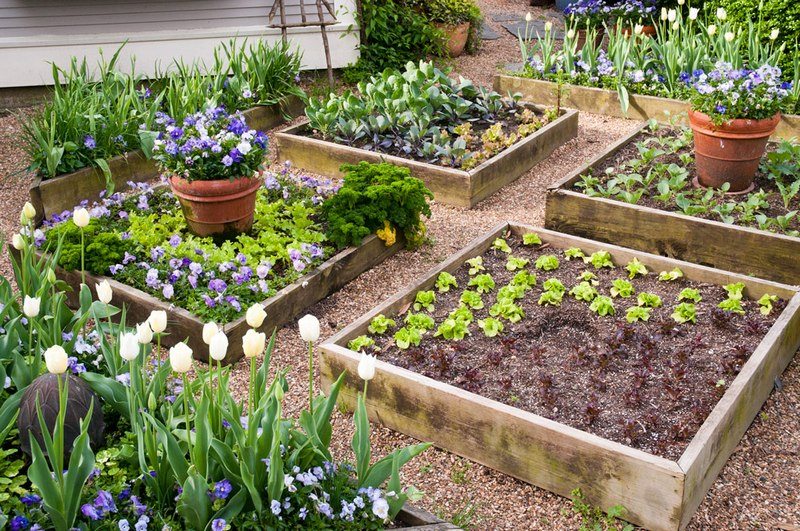

FAQ for Easy Access Raised Garden Beds
What is an Easy Access Raised Garden Bed?
How Do I Choose the Right Size for My Easy Access Raised Garden Bed?
What Materials Are Best for Building an Easy Access Raised Garden Bed?
How Often Should I Water My Easy Access Raised Garden Bed?
Can I Put My Easy Access Raised Garden Bed on Concrete?
What Soil Should I Use in My Easy Access Raised Garden Bed?
How Can I Protect My Easy Access Raised Garden Bed from Pests?
Is It Necessary to Mulch an Easy Access Raised Garden Bed?
Can I Grow Any Type of Plant in an Easy Access Raised Garden Bed?
How Do I Maintain the Soil Health in My Easy Access Raised Garden Bed?
Conclusion
An easy access raised garden bed offers a practical and efficient way to garden. It provides numerous benefits, including improved accessibility, better control over soil conditions, reduced pest problems, and a more extended growing season. By following the guidelines for choosing the right location, preparing the soil, and maintaining your garden bed, you can enjoy a rewarding and fruitful gardening experience.






